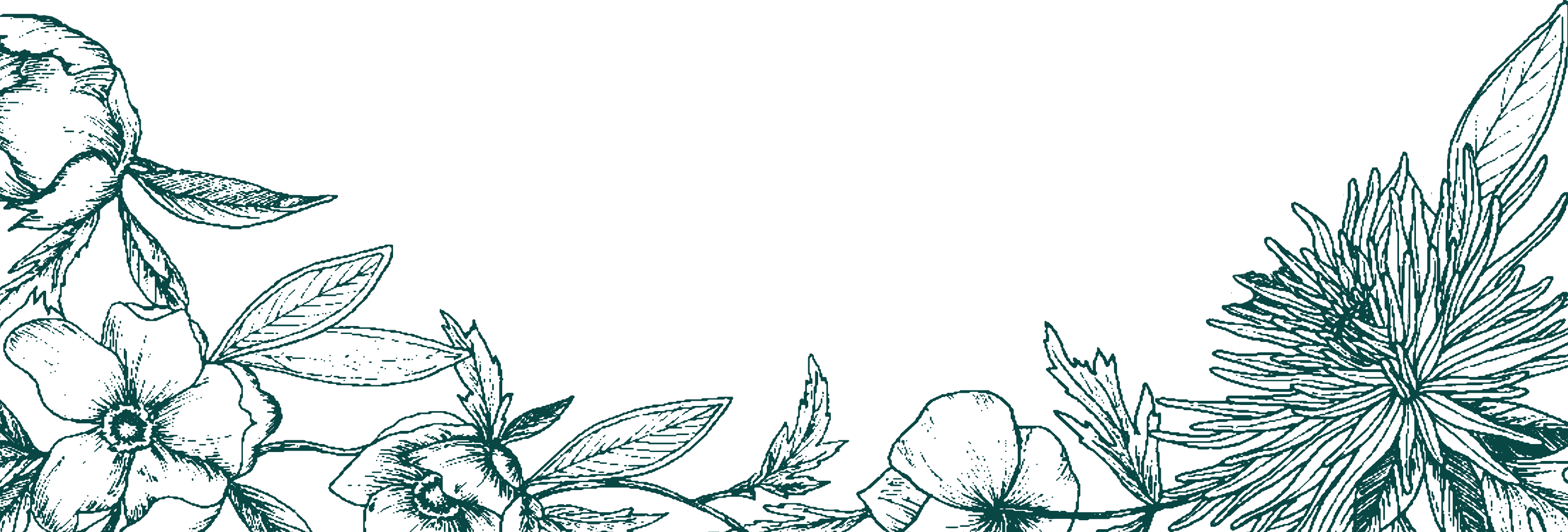
Schedule
Monday, September 2, 2024
Engagement, Kurmai & Chunni Ceremony
4:00 pm
31 Peak Drive, Brampton, ON L6X 0J8, Canada
The Kurmai ceremony symbolizes the formal agreement between the families of the bride and groom to unite their children in marriage. It marks the official announcement of the impending marriage and involves the exchange of gifts, including rings, between the families. The Chunni ceremony involves the groom's family presenting the bride-to-be with a beautifully embroidered scarf or chunni, often in vibrant colors. This ceremony symbolizes the acceptance of the bride into the groom's family and is a gesture of welcome and blessing. It is also a way for the groom's family to express their appreciation and honor the bride-to-be.
Tuesday, September 3, 2024
Karuna's Bridal Mendhi and Ladies Sangeet
5:00 pm
31 Peak Drive, Brampton, ON L6X 0J8, Canada
Intimate at home event with family and close - friends.
Mehndi is the application of intricate henna designs on the bride's hands and feet. Mehndi symbolizes beauty, auspiciousness, and the bond between the bride and her female relatives. The intricate designs also represent the intricate and enduring nature of marriage. The Ladies Sangeet is a lively pre-wedding celebration primarily attended by women from the bride's family and close friends. It typically involves singing traditional Punjabi folk songs, dancing, and sharing anecdotes and blessings for the bride and groom.
Wednesday, September 4, 2024
Jaggo
6:30 pm
6721 Edwards Boulevard, Mississauga, ON L5T 2V9, Canada
The bride or grooms family, friends and relatives will often dress up in traditional Punjabi clothing.
Jaago literally means “wake-up”. Centuries ago, invitations were not sent to invite people to weddings. Relatives of the bride or groom would go around the village on the night before the wedding day with pots on their head that were decorated with oil candles, singing and dancing as an open invitation to attend the wedding. The candles were used for light as this is before electricity was established! The traditional folk song is “jaago”, so they would encourage people to wake-up and join in the festivities. Nowadays, Jaago nights are considered an opportunity to celebrate. Get ready for a evening of tradition, colors, and dancing.
Thursday, September 5, 2024
Karuna's Vatna & Chooda Ceremony
2:00 pm - 7:30 pm
31 Peak Drive, Brampton, ON L6X 0J8, Canada
This is an intimate at home event. Dress comfortably as you will be lounging around with friends and family. Traditional or Westerns outfits are allowed.
Vatna ceremony is done a day before the wedding day. A Phulkari is held above the bride head and she sit under it on a small wooden table. Before this ceremony, a wonderful Rangoli is made with colors near to the place of sitting. Now comes the significance of this years-old ritual: when a person was supposed to marry, he or she applied this all-natural Vatna on the skin to make it glow and fairer. Chooda is gifted by the bride's maternal uncle. During the chooda ceremony, bangles are purified by milk and then the uncle puts it on the bride's arm. After that, the family members tie a sacred string called the Gana. This serves to ward off bad spirits. Kalire is tied to the bride-to-be after the chooda ceremony to wish the couple happiness and an everlasting bond. After the Kalire are tied, the bride makes her unmarried friends sit down on their knees and shakes her hands on their heads. It is presumed that if any part of the Kalire drops on any girl’s head she will soon get married.
Friday, September 6, 2024
Anand Karaj
9:30 am - 1:30 pm
7080 Dixie Road, Mississauga, ON L5S 1B7, Canada
Please dress modestly. You will be required to cover your head and remove your shoes when entering the temple.
Baraat, Milni, and Tea - 9:30AM to 10:45AM The baraat is welcomed at the gate of the Gurudwara, by the bride’s side. Mostly men participate in the Milni event mediated by a priest. As each member of the baraat is introduced, the bride’s side offers them a garland and a warm hug. Anand Karaj - 11:00AM to 12:00PM The Anand Karaj is the Sikh wedding ceremony conducted inside the gurdwara. The couple, along with their families and the congregation, sits in front of the Guru Granth Sahib Ji. The ceremony is officiated by a Granthi who recites hymns and delivers a sermon on the significance of marriage. Langar - 12:15PM to 1:00PM At the end of the wedding ceremony, the guests and the attendees are served delicious vegetarian lunch at the Gurudwara’s congregational hall.
Saturday, September 7, 2024
Reception
6:30 pm
6591 Innovator Drive, Mississauga, ON L5T 2V8, Canada